EDITOR’S NOTE: This story is part of As Equals, CNN’s ongoing series on gender inequality. For information about how the series is funded and more, check out our FAQs.
The warnings were impossible to ignore. For over a year, armed groups in northern Colombia had posted flyers touting violent campaigns against members of the LGBTQ community.
“All will be military targets. We will not respect ages. We have already made progress in intelligence work and many have been identified,” warned one flyer in the coastal region of Guajira, dated March 2024, that included a kill list of specific individuals. It warned of a broader attack to come against “sexual depravities in the region: homosexuals, lesbians, rapists, trans.”
These were not empty threats. Even amid the bloodshed of Colombia’s decades-long civil war, the repeated killings of queer folk stood out for their calculated brutality. This April, trans woman Sara Millerey became a household name in the country, after cell phone footage went viral showing her clinging to a riverbank in churning water, in the outskirts of Medellin.
The 32-year-old’s limbs had been broken before she was thrown into the water, and she appeared to be convulsing in pain. It was the middle of the afternoon in a busy area, but local authorities say her attackers instructed bystanders not to intervene. She died of her injuries the next day.
Juan Carlos ‘Tito’ Buelvas remembers watching the video with his close friend and fellow activist Nawar Jimenez.
“The day we all learned about Sara, it was all over social media and on television,” Buelvas told CNN. “Nawar called me up immediately, she was crying… she told me she was very scared after that murder.”
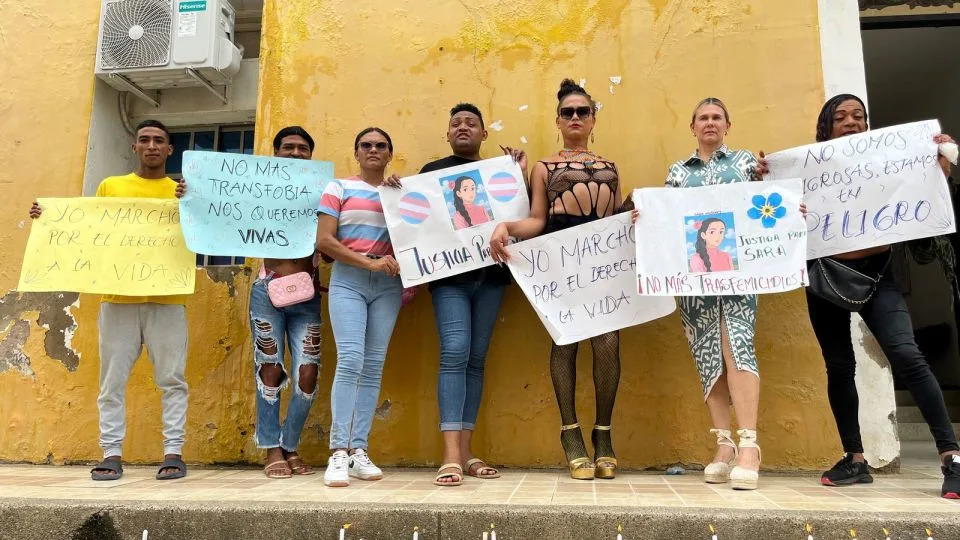
They did not hide. A snapshot from April shows 30-year-old Jimenez on the street in her hometown of Carmen de Bolivar at a protest for Millerey. But behind Jimenez’s sunglasses, there were tears, according to Buelvas. “In that protest, she cried so much, she feared for her life.”
Colombia’s national policies and recognition of gender and sexual minorities are among the most progressive in the region. Yet the killings, often systematic and deeply rooted in the country’s violent history, keep happening – and with few repercussions.
Last year, only 3 of 155 criminal investigations into LGBTQ killings reached a verdict, per data collected by rights group Caribe Afirmativo. That’s about 2%, compared to Colombia’s overall homicide conviction rate of 9% for the same year.
So far this year, nearly 50 queer and trans people have been killed –– the equivalent of about two per week.
Millerey’s killing on April 5 was the 24th death recorded by the group.
On May 22, Jimenez became the 43rd.
A dark history of ‘social cleansing’
So-called “social cleansing” campaigns aimed at minority groups have a long history in Colombia, with local vigilantes dealing death and displacement in the name of law and order.
In the 1980s and 90s, death squads notoriously targeted street children –– seen as nuisances and drug users –– in addition to suspected sex workers, thieves and other groups viewed as undesirable or “disposable,” as well as targeting activists and human rights defenders.
Experts say these kinds of attacks served as moral posturing and allowed the country’s patchwork of rival armed groups to flex power in areas they aimed to dominate by making terrifying examples of social outcasts.
Gay men and trans women today are particularly vulnerable because they are already marginalized in much of Colombia, Cristal Downing, director of the Gender and Conflict project at the International Crisis Group, points out.
“So if they kill them, no one’s going to come and protect them –– and that kind of scares other community members into submission.”
In wealthy Medellin, hawkers have transformed onetime local drug lord Pablo Escobar into a mascot for touristic trinkets. But the armed groups that succeeded him still control huge swathes of the surrounding hills, where the Garcia ravine that claimed Sara Millerey weaves around dusty apartment blocks.
Here, gang members involved in enforcing their version of social order often refer to themselves as “the correctors,” multiple residents of Medellin told CNN.
One member of a local gang, Camilo, told CNN that his group was not directly involved in Millerey’s killing, but explained that all gangs in Medellin are governed by an alliance known as “the Office.”
Little goes on without the Office knowing; gang bosses at the top divide territory between various groups who move drugs, extort money from local businesses, and run their neighborhoods –– from punishing street crime to intervening in domestic disputes to expelling gay and trans residents.
Gangs typically give two warnings before a killing is considered warranted, he said.
“Their place must always be separate. Why? Because we, the bandits, don’t want them,” Camilo added, speaking on condition of anonymity. “They come here to do their thing, and here is where they find trouble. Here we give them two warnings, the third time is not a warning anymore.”
Two men have been arrested and charged in Millerey’s case. Local authorities allege the perpetrators tortured her with the aim of “illegally exercising social control” and would not let bystanders remove her from the water.
She was in the river for over an hour before emergency responders arrived to pull her out, Millerey’s mother has previously told local press.
Camilo –– who says he has been involved in the city’s armed groups since he was 14 –– believes complicity in the murder was much wider than any individual perpetrator.
“No one said anything. Because of fear. Because I know you. Because you live in my area and if you open your mouth here, I look at those around you,” said Camilo.
According to Gregorio Henríquez, an anthropologist and conflict researcher at Medellin’s Universidad Bolivariana, many of Colombia’s neighborhood gangs can trace their ideological roots decades back to ultraconservative paramilitaries formed with tacit government approval, that eventually ran rampant in the area.
Shock value was always part of the point of their vigilantism, he adds. “The atrocity of the crime matches the extent to which they aim to transmit a message – the crime is one that people will not forget. That’s why they torture and abuse; because it generates fear and fear is one of the greatest tools of control.”
A still-unsolved murder
Far to the north, in the Montes de Maria region where Nawar Jimenez grew up, the terror instilled by armed groups is also deep-rooted. This area was ravaged by conflict throughout the 1990s and 2000s, and has increasingly come under the control of Clan del Golfo, a powerful criminal syndicate that coalesced in the early 2000s from demobilized paramilitary groups.
Her mother remembers the local football field in Carmen de Bolivar as “sacred” to the then-sports obsessed Jimenez. An outspoken activist and irrepressible personality who loved to dance, Jimenez announced her coming-out in dramatic fashion, showing up to her vocational high school graduation in heels and make up, according to her friend Buelvas.
By the cold calculus of “social cleansing” she was an obvious target –– poor, a gender minority, making ends meet as a sex worker.
“Nobody wants to do that type of work, Nawar dreamed of a professional career to leave the street behind her,” Buelvas told CNN. “She dreamed of being a lawyer for example –– but she kept that dream alive, she was trying to get out of street work.”
On May 22, it had been raining hard for days, and Jimenez was struggling to make money.
She hit the streets around 10:00 p.m. but found no clients. Though Nawar would have typically headed home around half past one, her friends say she decided to keep trying, finally heading in the dark predawn hours to a roundabout just outside of town.
Her body was found there in a nearby ditch the next morning.
Like most hate crimes in Colombia, no one has been arrested for her killing, despite the outpouring of anger over anti-LGBTQ violence triggered by the murder of Millerey just weeks earlier.
“Our detectives and prosecutors are working this case as a high priority,” Lt. Crl. Alejandro Reyes of the Colombian National Police told CNN. “But we still haven’t been able to identify and apprehend the perpetrator.”
Colombia’s Ministry of Equity and Equality has referred Jimenez’s killing to a specialized office that investigates violence based on sexual orientation and gender identity.
Progressive on paper
Shortly after Millerey’s death – which Colombian president Gustavo Petro has strongly condemned – lawmakers named a bill after her that is designed to push prosecutors to better investigate anti-LGBTQ crimes, among other provisions.
At least on paper, this would be an impressive addition to Colombia’s existing protections for the LGBTQ community, which already include same-sex marriage and adoption and the right to change your gender identity on official documents.
But the stark contrast between what Colombia’s government says and what happens in places like Carmen de Bolivar and Medellin’s slums has become a cliche in rights groups’ assessments –– one UN expert described it in May as Colombia’s “persistent gap between constitutional aspirations and lived realities.”
Outside of Bogota –– the first capital city in Latin America to elect a gay mayor –– many Colombians still openly condemn nontraditional gender roles.
“Millerey was kind of asking for it,” one 60-year-old conservative voter in Medellin told CNN, while out for a walk with his family.
“Modern society is always trying to find strategies to welcome these conducts, to coddle this way of thinking… but it’s a wrong and mistaken way of thinking in the eyes of God,” he said.
It was an opinion echoed by several people in Medellin, the heart of Colombia’s conservative Antioquia region, which is one of the country’s deadliest areas for LGBTQ residents, according to Caribe Afirmativo.
Deep-rooted conservativism in parts of Colombia has also been fueled by a recent backlash against LGBTQ visibility in culture and society – what prominent voices from the global right, from Colombian social media influencers to the US White House, now term “gender ideology.”
Jonathan Silva, a rightwing Colombian podcaster with over 85,000 followers across various social media accounts, has campaigned vociferously against the new trans protections bill. He argues that the government should focus on Colombia’s intractable insecurity issues, rather than protections for the LGBTQ community.
“Colombia is a very difficult country. Colombia is a country that first needs to be healed from the ground up and there needs to be real peace for all people. And that is our position. That all people have justice. Because it’s not just about what happened to Sara,” he told CNN.
Colombians have seen a growing number of territorial clashes, explosions, displacements, targeted killings and disappearances in recent months. According to the International Committee of the Red Cross, last year was the worst year yet for peace in the country since a 2016 deal was struck between the FARC, Colombia’s largest rebel group, and the Colombian state.
But in chaos, society’s most marginalized members are often the first targets. Across the Americas – the most murderous region in the world – the average life expectancy of a trans woman is just 35 years old, according to the Inter-American Commission on Human Rights, which attributes the frequency of early death to compounding violence, poverty and social exclusion.
On a Sunday afternoon at this summer’s annual Pride march in Bogota, the sky was overcast and threatened rain as tens of thousands of people took to the streets. Some marched with dark banners bearing the names of Nawar, Sara and others killed this year. Most danced to the music blasted by rolling rainbow floats as they made their way across the darkening city.
Over and over, a silent slogan was repeated in shaky paint and marker across bare skin, homemade signs and shirts: nuestra existencia es resistencia — that is, to merely exist is a form of defiance.
Reporters
Stefano Pozzebon and Caitlin Hu
Camera
Lali Houghton
Editor
Sheena McKenzie
Senior Video Producer
Ladan Anoushfar
Video Editor
Beatriz Grimalt
Visual Editor
Carlotta Dotto
Producer
Nathaly Triana
Coordinating Producer
Marta Simonella
For more CNN news and newsletters create an account at CNN.com

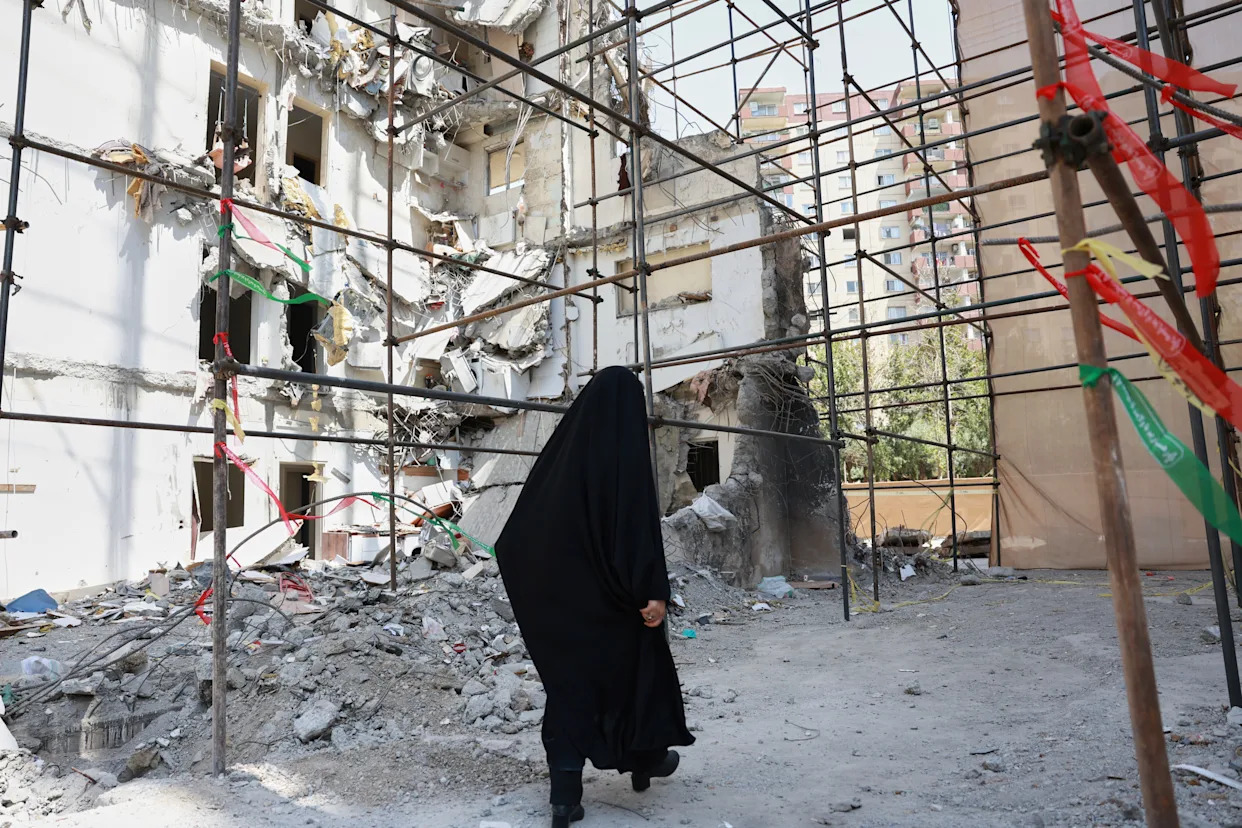
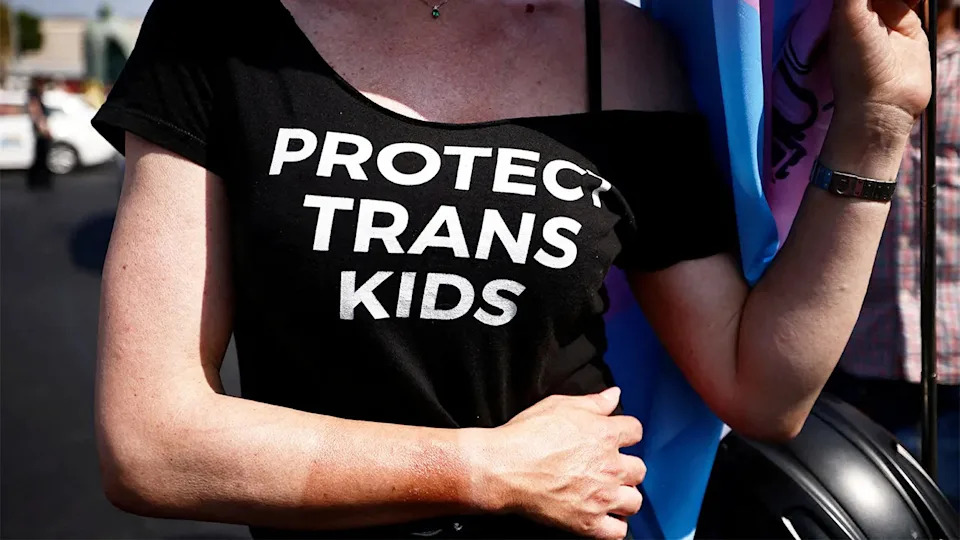
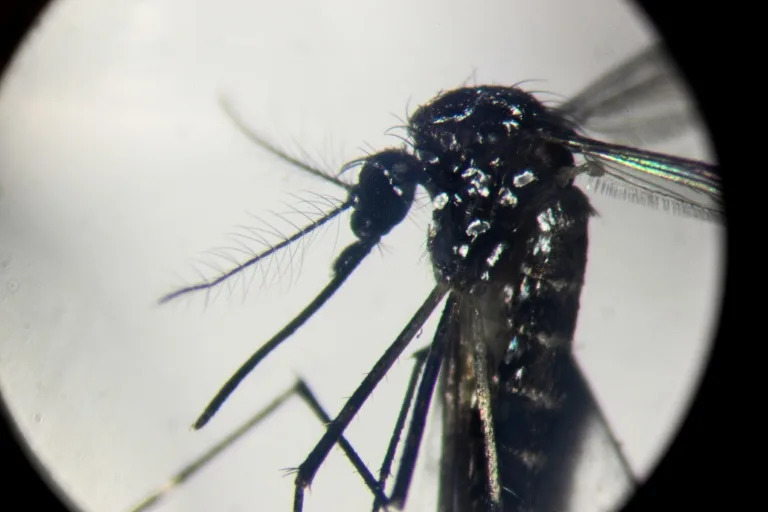
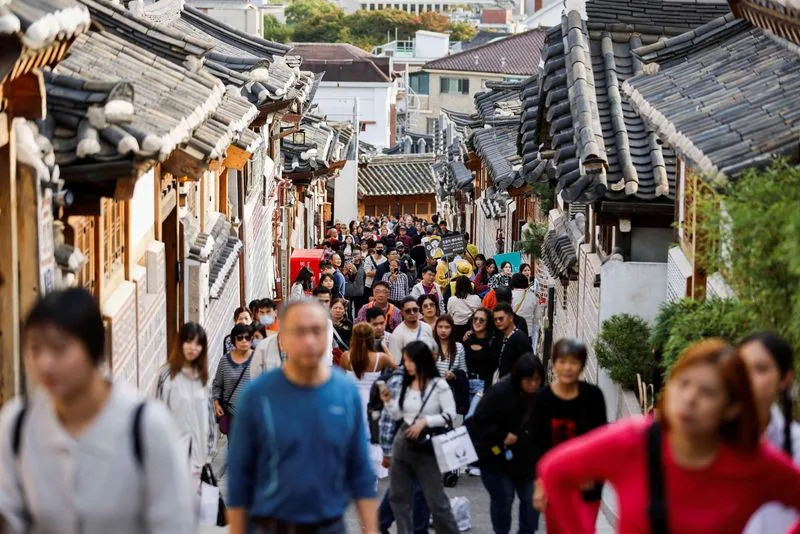

Comments